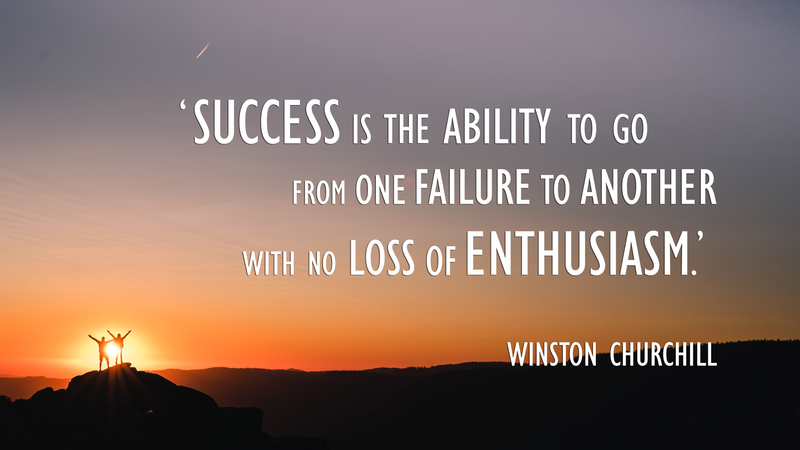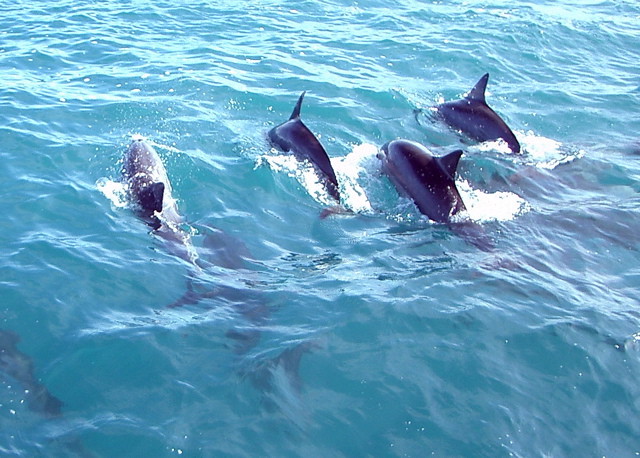This year, I focused my research on a group of 7 Māori students in my literacy class (as discussed in a previous blog post). Below is a graph showing the Reading Ages as provided by our 2017 and 2018 Term 4 Running Record Data. At the beginning of 2018, all of the students in my focus group were reading below grade level between 7.5 and 8.5 years of age and as the graph below shows, they have all made some progress and are now reading between 8.5-9 years.
One of the tests that our students take twice a year is the PAT-Reading Comprehension test. Here is a comparison of their test scores from Term 4 last year (2017), Term 1 2018 and Term 4 2018. The majority of the students did somewhat better on the 2018 Term 1 test, which indicates that there was not much summer drop off with my focus group of students and nearly all of the students made some shift from Term 1 to Term 4.
Our students also sat the STAR (Supplementary test of achievement in reading) Test, which is another way for us to assess a range of our student's reading skills. Although, the PAT shows not much drop off in the results, our STAR data clearly shows the opposite. However, I find that students who struggle with reading often decide that it is simply "too hard" and give up on the STAR test particularly in the beginning of the year. It was my hope earlier this year that we would see greater improvement during Term 4 and in nearly all cases the students did somewhat better.
Lastly, as I stated in a previous post (linked here), I decided to administer an additional word recognition assessment to my focus group called the Burt Word Reading Test.
At the beginning of the year, I found the results of this test very interesting, especially when compared to the 2017 Running Record Reading ages and looking at it now, I feel the same way. The majority of the students who were able to complete both testing cycles made some improvement during the year and in nearly every instance the growth of their reading age this year nearly matched the estimated growth span (the age for the Burt test on the graph shows the lowest age in the scale score band).
I am very proud of the progress my students have made this year in their vocabulary usage and confidence when speaking orally and sharing their thoughts and opinions with their peers.









 e
e






















